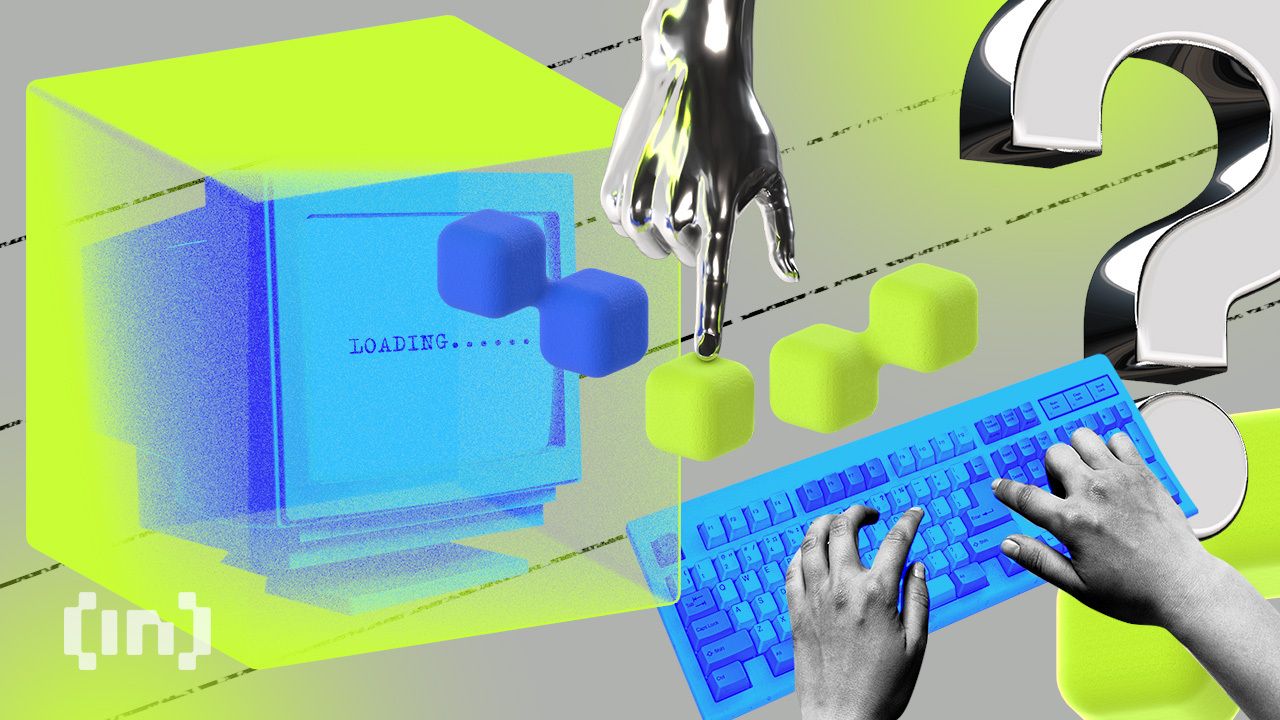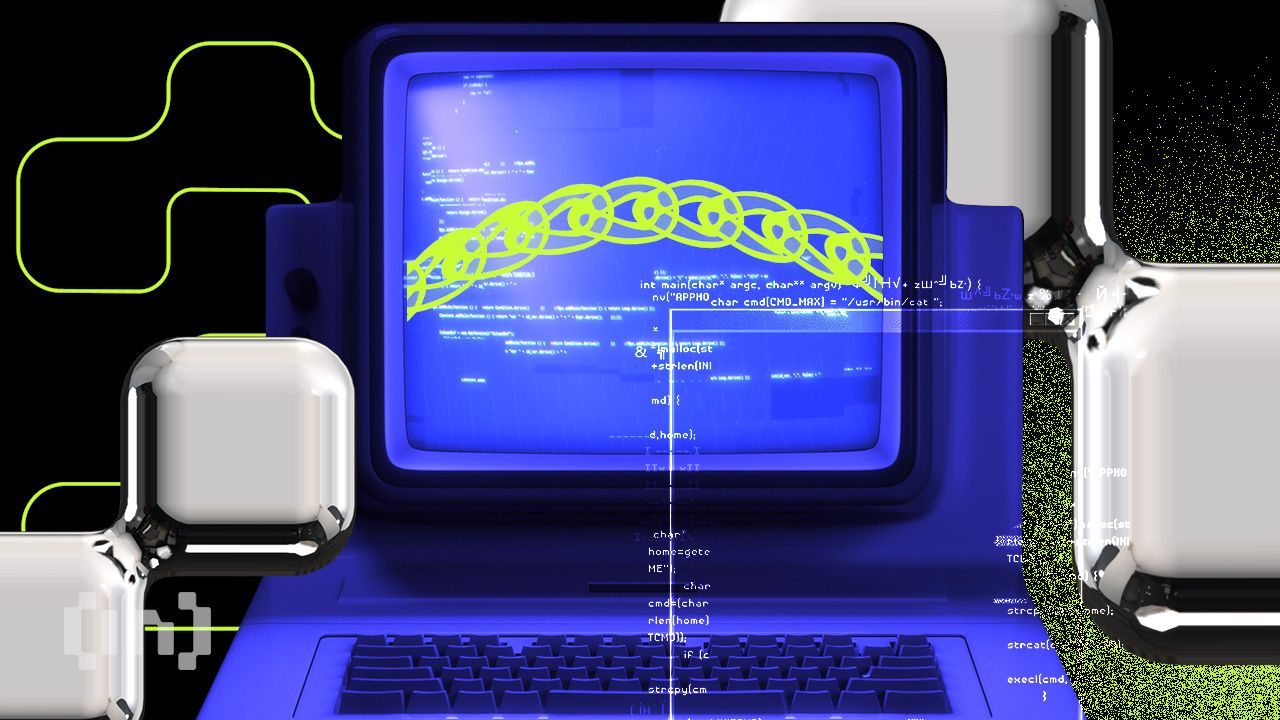As web3 becomes increasingly popular, more people are realizing the potential of decentralized applications (DApps). These applications offer optimal security and a user-centric experience that is rare in the case of traditional centralized platforms. With the evolving user base for DApps, the need for innovations like app chains becomes more obvious. Appchains are a specialized layer-2 solution with the goal of bridging issues with public blockchains.
This article offers a deep dive into appchains, discussing their architecture, exploring their use cases, and envisioning their future potential.
- Understanding decentralized applications (DApps)
- Introducing appchains
- Key components of appchains
- Appchains vs. traditional blockchains
- Benefits of appchains for DApps
- Appchains in real-world use cases
- Challenges and considerations
- What does the future look like for appchains?
- Appchains mark an evolution in web3
- Frequently asked questions
- About the author
Understanding decentralized applications (DApps)

Decentralized applications (DApps) are software programs built on top of decentralized and open-source blockchain platforms. As a result, DApps are not reliant on one single computer or server, offering improved user privacy, lack of censorship, and new possibilities for platform governance. From the developer’s perspective, DApps present them with numerous development possibilities, as this technology can cover every industry, from fintech to gaming, healthcare to real estate, and much more.
Moreover, building applications on decentralized ecosystems enables developers to direct all their focus on innovation, as the necessary infrastructure for deployment is already provided by the blockchain. Some popular DApps include PancakeSwap, Splinterlands, and 1inch Network.
SponsoredIntroducing appchains
Application-specific blockchains, or simply appchains, are layer-2 blockchains that address the scalability and performance limitations of the primary blockchains. Appchains are specialized, secure, semi-independent blockchains connected to the main one. They are created with the purpose of running a single designated application rather than multiple applications, as in public blockchains. They present flexible, customizable architectures, giving developers complete control over different aspects of their projects, including tokenomics, governance, and consensus mechanisms. Simultaneously, appchains also offer most of the benefits of layer-1 blockchains, such as executing smart contracts, validating transactions, and creating blocks.
The biggest advantages appchains provide developers with are improved scalability and performance. Having limited transaction throughput, public blockchains often experience periods of congestion due to the high traffic of users. During these hours, not only is the performance of DApps affected due to slow transaction processing, but developers are also forced to pay exorbitant gas fees.
Since appchains have a separate mempool and process transactions independently, they emerge as ingenious solutions for developers. This empowers developers with flexibility and control over transaction speed and gas fees for their DApps.
Key components of appchains
Different DApps have varying levels of desired security, scalability, and decentralization. Appchains, having customizable modular architecture, allow developers to implement the consensus mechanism and governance model best suited to their requirements. For example, Cosmus Hub and Polkadot Relay Chains, two of the most popular appchains, use the PoS (proof-of-stake) model and the hybrid PoS & NPoS (non-permissioned proof-of-stake) model, respectively.
Appchains can also execute smart contracts independently, maximizing functionality for developers. Albeit operating independently of the main chain, they are still required to ensure compatibility with broader blockchain ecosystems. An appchain needs to be interoperable with the main blockchain as well as other appchains. This purpose is achieved through bridges and side chains that enable seamless cross-chain communication.
Appchains vs. traditional blockchains

Public blockchains, like Bitcoin and Ethereum, are generally built with broader and more general purposes. Consequently, a public blockchain is nearly flawless when it comes to functions like privacy and security. On top of that, public blockchains are more versatile because they can facilitate a wide variety of programs. However, as aforementioned, this factor can also backfire, especially when the number of pending transactions grows due to a surge in platform users, leading to congestion.
Appchains appear as the most appropriate alternative to bridge these scalability issues of traditional blockchains. These layer-2 solutions are built specifically to meet the unique requirements of the DApps they support.
Secondly, each appchain can handle its own transactions, which reduces congestion and boosts performance. Nonetheless, this unique and intricate architecture can also emerge as a problem during development and implementation.
Some of the most popular appchain networks include Polygon Supernets, Avalanche Subnets, and Cosmos. All these projects aim to solve scalability issues and boost the efficiency of the blockchain platforms. These appchains provide necessary decentralized digital infrastructure to developers in DeFi, NFT, gaming, and web3 sectors. However, despite trying to achieve the same goals, there are some differences between these appchains, including the network’s transaction speed, required stake size, EVM compatibility, and the possibility of making the appchain permissionless.
| Appchain | EVM compatibility | Native currency | Minimum stake required | TPS rate | Potential to be permissionless |
| Polygon Supernets | Yes | MATIC | No minimum | 1,500 | Permissioned by choice |
| Cosmos | Yes | ATOM | No minimum | Up to 10,000 | Permissioned by choice |
| Avalanche Subnets | Yes | AVAX | 2000 AVAX | 4,500 | Permissioned by ChoicePermissionless (Elastic Subnet) |
Benefits of appchains for DApps
Using appchains presents developers with significant potential to improve their DApps. Following are some of the most prominent benefits of appchains for DApps.
Sponsored SponsoredScalability
Separate memepools and the ability to channel all the traffic of a particular DApp to a smaller and customized chain make appchains independent of the underlying bigger blockchain. It enables developers to maximize the performance of their programs.
Interoperability
Appchains can be programmed to be interoperable with each other and mainnet chains. This means they can facilitate cross-chain applications, communicate data, and transfer assets between different blockchains.
Cost efficiency
Appchains can be more cost-effective than traditional blockchains because they can be tailored to the specific needs of the DApp they are intended to support. This helps reduce the gas fees for developers as well as users.
Potential for better user experience
Since appchains can be custom-designed to fulfill users’ specific needs, they can offer a better user experience, making it easier to shift from traditional centralized applications to blockchain-based DApps.
Appchains in real-world use cases
In the new web3 era, appchains act as building blocks for new and exciting projects in the decentralized web. From the DeFi industry, which presents an alternate and better way to exchange and lend money, to the gaming sector, where gamers can have true ownership of in-game items for the first time, appchains have proven their potential in every area.
Osmosis and Acala are two of the biggest decentralized crypto trading platforms, built on the Cosmos and Polkadot relay chain, respectively. Similarly, Moonbeam – a cross-chain smart contract platform – is built on an appchain of the Polkadot network. Aave, which is the biggest crypto lending platform in the industry, is built on Avalanche.
Following are some more industry-leading decentralized applications that capitalize on the benefits of using appchains.
SponsoredGods Unchained
Gods Unchained is an immersive trading card game that allows players to collect, trade, and battle digital NFT-backed cards. The popularity of the game demands a dedicated channel to process the large number of transactions.

As a result, developers decided to build the game on the Immutable X appchain, which itself was developed to tackle the scalability issues of Ethereum.
ParaSwap
ParaSwap is a DeFi aggregator that solves liquidity problems for DEXs by combining the liquidity pool of several different DEXs built in different ecosystems into one comprehensive interface. The platform incorporates Polygon — a sidechain of Ethereum that solves congestion and gas fee issues — to provide the best rates.
QuickSwap
QuickSwap is a next-gen layer-2 decentralized exchange that facilitates the trading of ERC-20 tokens at a lightning-fast speed with near-zero trading fees. In order to achieve maximum throughput and minimal gas fees, the DEX was built on Polygon, which provides maximum scalability and interoperability with other Ethereum-based sidechains.
Challenges and considerations

Developers must educate themselves on the challenges and limitations that come with using appchains for their DApps.
Technical complexity
The unique and specialized functionality of appchains demands a more complex and intricate architecture. Developers are required to take care of several different aspects, including independent consensus mechanisms, seamless transaction processing models, and interoperability with other platforms. The development and execution of such an intricate design can easily lead to many complications.
Sponsored SponsoredSecurity concerns
Even though appchains have layers of security measures to keep the user data safe, they are more vulnerable to breaches compared to traditional blockchains. Hackers specifically target bridges and side chains that enable data transfer with the parent chain and connect DApps to broader ecosystems.
Fragmentation of blockchains
Appchains can lead to the fragmentation of blockchain ecosystems, as each employs its own consensus mechanism, security model, and regulation. This complicates asset transfer between different ecosystems and the development of cross-chain applications.
What does the future look like for appchains?
Traditional blockchain platforms, even though crucial for the foundations of decentralization and security in this newer virtual realm, are unable to facilitate immense amounts of transactions that come from various decentralized applications. This is where appchains come into the picture. With their diverse consensus mechanism, governance structure, and endless functionalities, appchains can present several benefits for both developers and users.
The increased scalability and ultimate control over the customization of the underlying architectural framework benefit developers the most. As far as users are concerned, they can enjoy a more personalized interface with an improved experience. These advantages will eventually make DApps attractive even for individuals outside the blockchain industry, bringing more liquidity to the market.
Overall, appchains have substantial potential to revolutionize the current blockchain landscape. It is a novel technology that can prove to be a valuable tool for developers, allowing them to be more innovative.
Appchains mark an evolution in web3
The emergence of appchains marks a significant milestone in the evolution of blockchain and web3 technologies. With various advantages in scalability, security, and customization, appchains establish new grounds for the development of decentralized applications. While various appchain architectures come with their own considerations, it’s obvious that this innovative ledger technology carries exceptional potential moving forward.
Frequently asked questions
What are some popular appchains?
Can appchains evolve into full-fledged blockchains?
Can appchains evolve into full-fledged blockchains?
Do all appchains support EVM?
About the author

Eugene Aseev is the founder and CTO at Chainstack, the leading suite of services connecting developers with web3 infrastructure.
Eugene has strong roots in engineering, cybersecurity, and research, with more than 15 years of experience assembling and leading top R&D teams globally. He is passionate about blockchain and driving innovation. Eugene was VP of Engineering at Acronis, where his contributions led to the development of Acronis Active Protection and Acronis Notary. He also spearheaded the security research team at GeoEdge and headed the anti-malware team at a global cybersecurity company.

